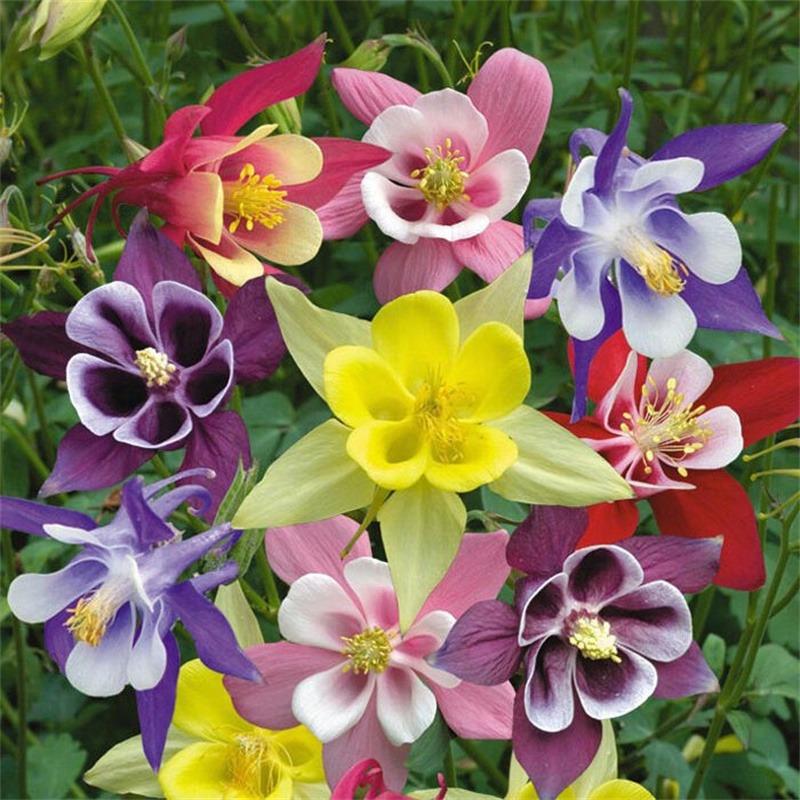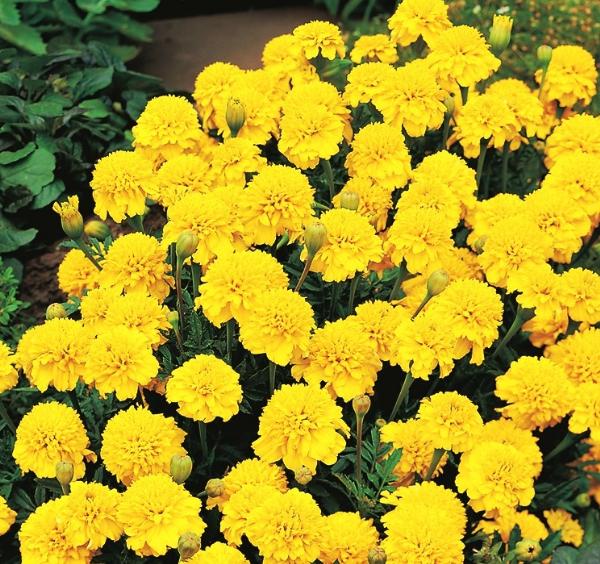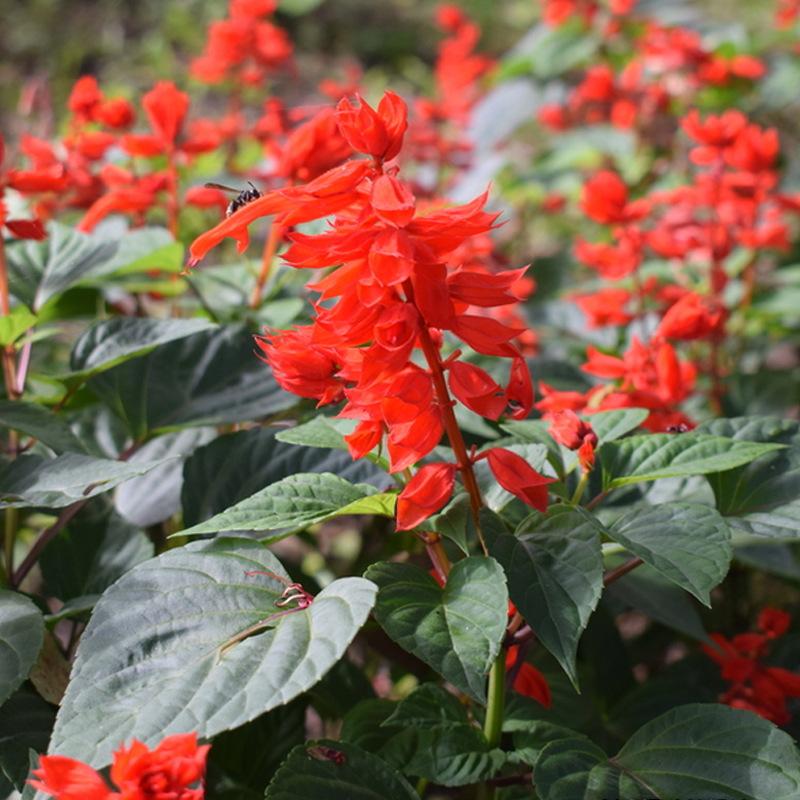Once upon a time, Erica the plant lived happily in a cozy garden. One sunny day, a mischievous squirrel named Sammy discovered her leaves were like musical notes. Fascinated, Sammy gathered his squirrel friends, and together they created a wild orchestra, using Erica as their instrument. Leaves rustled, twigs snapped, and birds chirped in harmony. The magical symphony echoed throughout the garden, enchanting all who heard it. News of the extraordinary concert spread far and wide, attracting visitors from near and far. Erica, being the humble plant she was, blushed with joy. From that day on, Erica’s garden became renowned as a haven for nature’s harmonies.
Picture
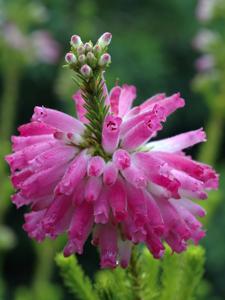
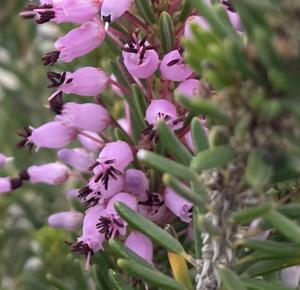
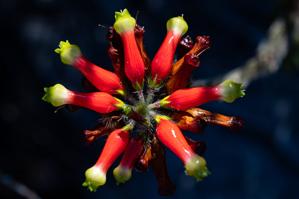
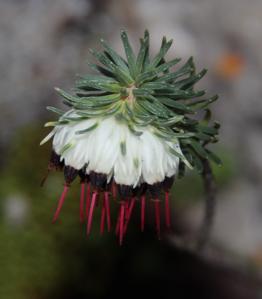
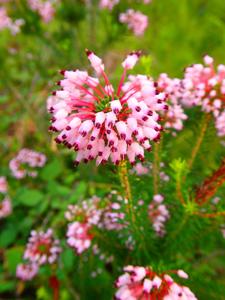
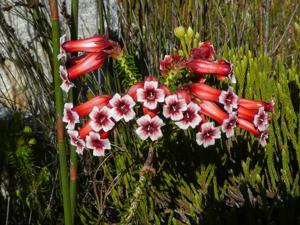
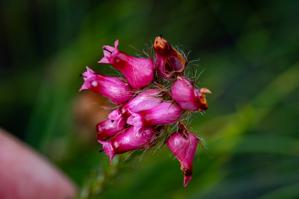
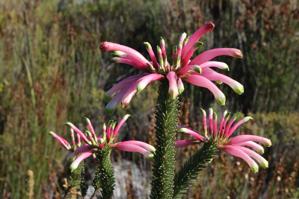
Plant some seeds now!
Short Description
Erica is a genus of roughly 857 species of flowering plants in the family Ericaceae. The English common names heath and heather are shared by some closely related genera of similar appearance. The genus Calluna was formerly included in Erica – it differs in having even smaller scale-leaves (less than 2–3 millimetres long), and the flower corolla consisting of separate petals. Erica is sometimes referred to as “winter (or spring) heather” to distinguish it from Calluna “summer (or autumn) heather”.
Description
Most of the species of Erica are small shrubs from 20–150 centimetres (8–59 inches) high, though some are taller; the tallest are E. arborea (tree heath) and E. scoparia (besom heath), both of which can reach up to 7 metres (23 feet) tall. All are evergreen, with minute, needle-like leaves 2–15 millimetres (1⁄8–5⁄8 in) long. Flowers are sometimes axillary, and sometimes borne in terminal umbels or spikes, and are usually outward or downward facing. The seeds are very small, and in some species may survive in the soil for decades.
Cultivation
Heather Garden, Ness Botanic Gardens
Erica species are grown as landscape or garden plants for their floral effect. They associate well with conifers and are frequently seen in planting schemes as massed groundcover beneath varieties of dwarf conifers. They are capable of producing flower colour throughout the year. They can also be grown in tubs or window boxes to provide interest through autumn and into winter.

